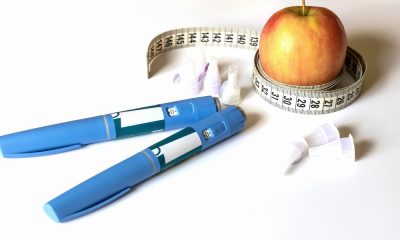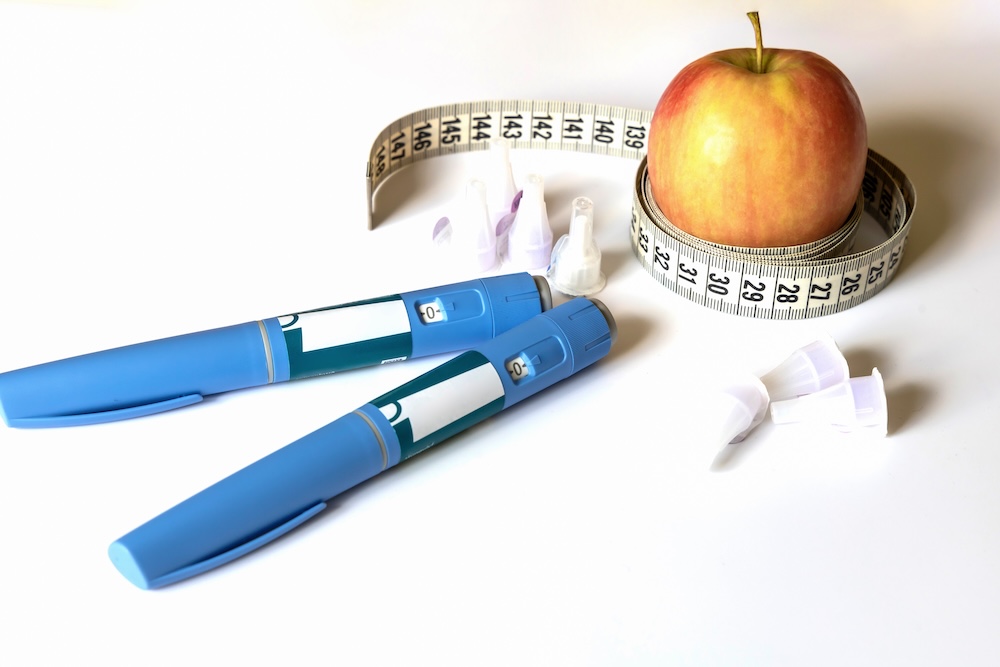News
Optical fibre imaging advances studies of Alzheimer’s disease

An optical fibre as thin as a strand of hair holds promise for use in minimally invasive deep-tissue studies of patients’ brains that show the effects Alzheimer’s disease and other brain disorders.
The research could set the stage for minimally invasive in vivo brain imaging in lab studies and monitoring neuronal activity over time in patients with neurological disorders.
“The ultrathin multimode fibre would easily fit into an acupuncture needle, and we know these needles can be inserted into anyone’s body with almost no pain, potentially enabling deep-tissue imaging in real time,” said co-author Benjamin Lochocki, from Vrije Universiteit Amsterdam.
The challenge is efficiently increasing image resolution at the sub-cellular level, because loss of information is inevitable from light scrambling.
In APL Photonics researchers in the Netherlands address this challenge with speckle-based compressive imaging (SBCI) that exploits the light scrambling of multimode fibres to their advantage.
Minuscule dimensions
Optical fibres, a well-understood solution to guide light over long distances, have increasingly garnered attention in microendoscopy as a better way to access deep-lying tissue, due to their minuscule dimensions.
They also eliminate the need for fluorescent labeling, a complicated and costly step.
Light scrambling is typically addressed via shaping the wavefront of an incident beam to reduce scattering and create a focused beam at the distal end of the fibre.
However, this technique has limitations in acquisition speed and producing high-quality deep tissue images.
Speckle patterns
SBCI alters the laser beam entry position to create multiple and uncorrelated random speckle patterns at the fiber output.
A computer algorithm can reconstruct an image of the object based on the pattern and its collected information.
This ‘compressive imaging’ reduces the amount of pixel measurements needed to reconstruct an image of similar or better quality than the gold-standard raster imaging used in conventional endoscopes and microscopes.
Three times
SBCI can produce high-resolution images up to 11 times faster, for a space three times as big, than the traditional raster-scan approach.
The technique was used to image lipofuscin, age-related fluorescent pigment that accumulates over time as metabolic waste in the soma, the part of neurons that contains the nucleus and is responsible for neurotransmitter production.
Abnormal accumulation of lipofuscin might be associated with Alzheimer’s disease progression, although there is little understanding of this process.
The pigment buildup was visualised in a brain tissue sample of an Alzheimer’s patient donor obtained through the Netherlands Brain Bank.
News
Weight loss jabs my only temporarily reduce ‘food noise,’ study finds
News
Childhood loneliness linked to increased risk of dementia, study finds

Childhood loneliness increases the risk of dementia in later life, according to new research.
Adults who recalled being lonely and without a close friend in childhood faced a 41 per cent higher risk of developing dementia, even if they were no longer lonely as adults.
People who frequently felt lonely without close friends during youth showed accelerated cognitive decline — a worsening of memory and thinking — and started middle age with lower scores on these skills.
Researchers from universities in China, Australia and the US, including Harvard and Boston universities, analysed data from 13,592 Chinese adults tracked from June 2011 to December 2018.
The critical factor was the subjective feeling of loneliness itself. Those who reported often feeling lonely as children had a 51 per cent higher dementia risk, even if some had close friends.
However, those who only lacked close friends but did not feel lonely showed no significant difference in risk.
Nearly half of roughly 1,400 adults in the study reported being lonely and without close friends during childhood.
The 4.2 per cent who experienced both faced the highest risk of cognitive decline.
The link to dementia remained strong even for people who were no longer lonely in adulthood, suggesting early-life isolation can have lasting effects on brain health.
During childhood, the brain develops rapidly and is vulnerable to harm. Loneliness acts as a chronic stressor, flooding the developing brain with harmful hormones that can damage memory centres, and it reduces stimulation from social play and peer interaction that helps build robust neural networks.
A separate 2024 study of more than 10,000 older adults found that specific childhood hardships — including poverty, disruptive home environments or parental addiction — were directly linked to poorer cognitive function later in life.
Youth loneliness appears to be rising, partly linked to widespread social media use.
Among girls, 64 per cent aged five to seven, 67 per cent aged eight to 10, and 73 per cent aged 11 to 13 reported feelings of loneliness last year. More than a quarter of boys aged 11 to 17 in the US report feeling lonely.
Children face growing social isolation, with one in four Americans now eating every meal alone — a rate that has surged by over 50 per cent since 2003. Sharing meals with friends and family helps build bonds and positive memories in youth.
Fewer children are playing outside or joining team sports.
A recent study reported that one in three children do not play outside on school days, and one in five do not do so even at weekends.
The 2024 research found a direct, dose-dependent relationship between childhood adversity and cognitive problems in adults — the greater the early trauma, the greater the later risk.
For each significant increase in early trauma, individuals faced an eight per cent higher risk of daily memory issues and scored lower on objective tests of mental speed and focus.
News
Don’t miss you essential monthly agetech update

Your essential monthly update on agetech’s progress
Welcome to your monthly snapshot of the facts, figures, opinions, trends and challenges shaping the development of agetech.
Our new monthly tracker report aims to provide an concise update for busy agetech professionals on the many factors influencing your work.
Here you will find a concise breakdown of deals, developments and opportunities from the last 30 days; and insight and opinion from leading thinkers in the field.
We hope you find something useful and/or inspiring below – and welcome any feedback about what else you’d like to see included.

 News2 months ago
News2 months agoWeight loss jabs should be first-line obesity treatment in most cases, new guidance states

 News3 weeks ago
News3 weeks agoCzech firm approved for hydrogen Alzheimer’s trial

 News6 days ago
News6 days agoGladys raises £1.5m for AI home care

 News1 month ago
News1 month agoNew drug enhances GLP-1 weight loss without extra added effects, trial finds

 Insights3 weeks ago
Insights3 weeks agoCreativity helps keep the brain young, study finds

 News2 months ago
News2 months agoDrinking even small amounts of alcohol may increase dementia risk, study finds

 News4 weeks ago
News4 weeks agoFamily backs calls for dementia-friendly hospital

 News2 weeks ago
News2 weeks agoLow-dose aspirin beneficial for type 2 diabetes, study finds

































